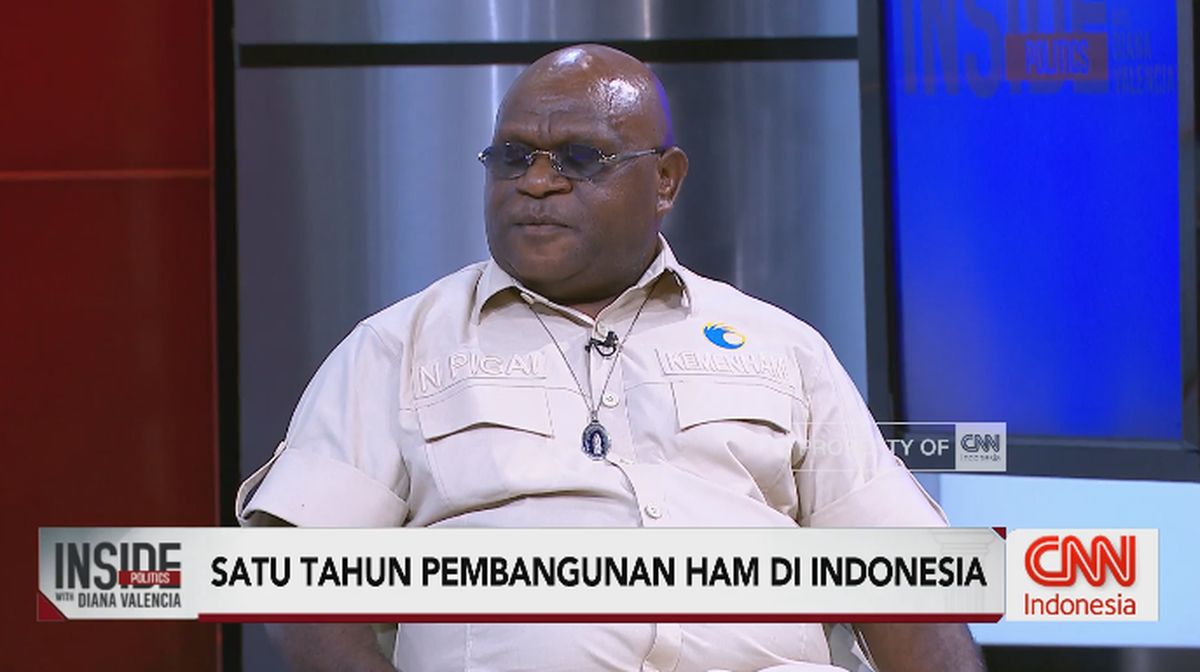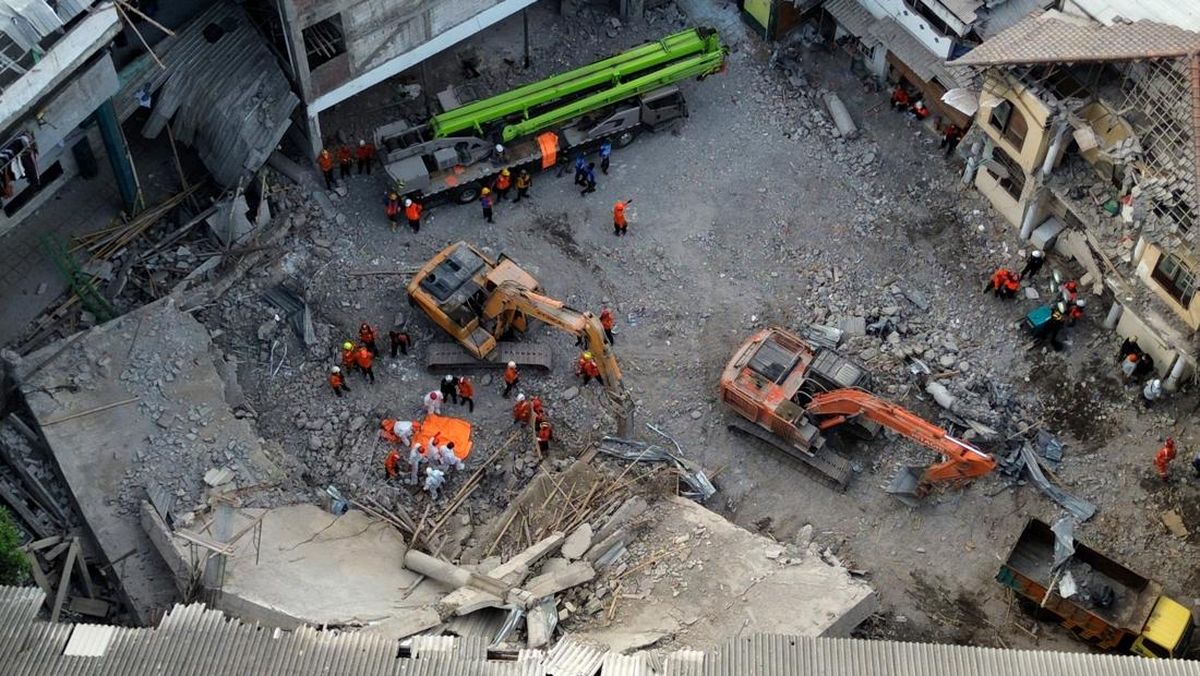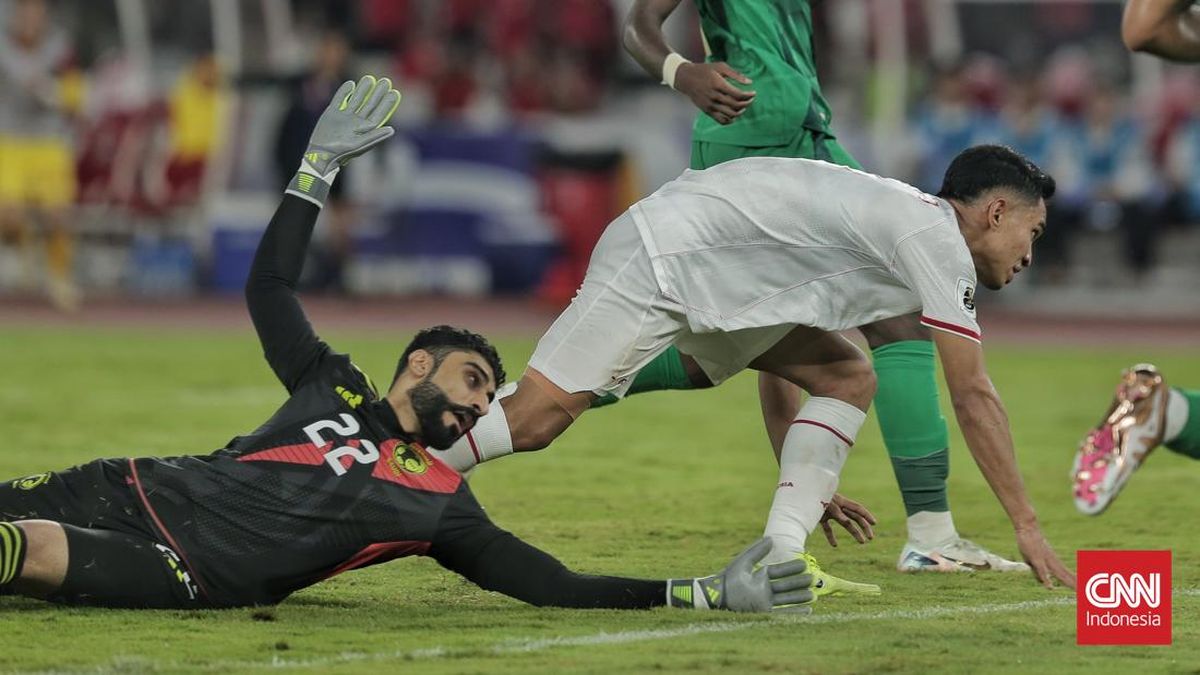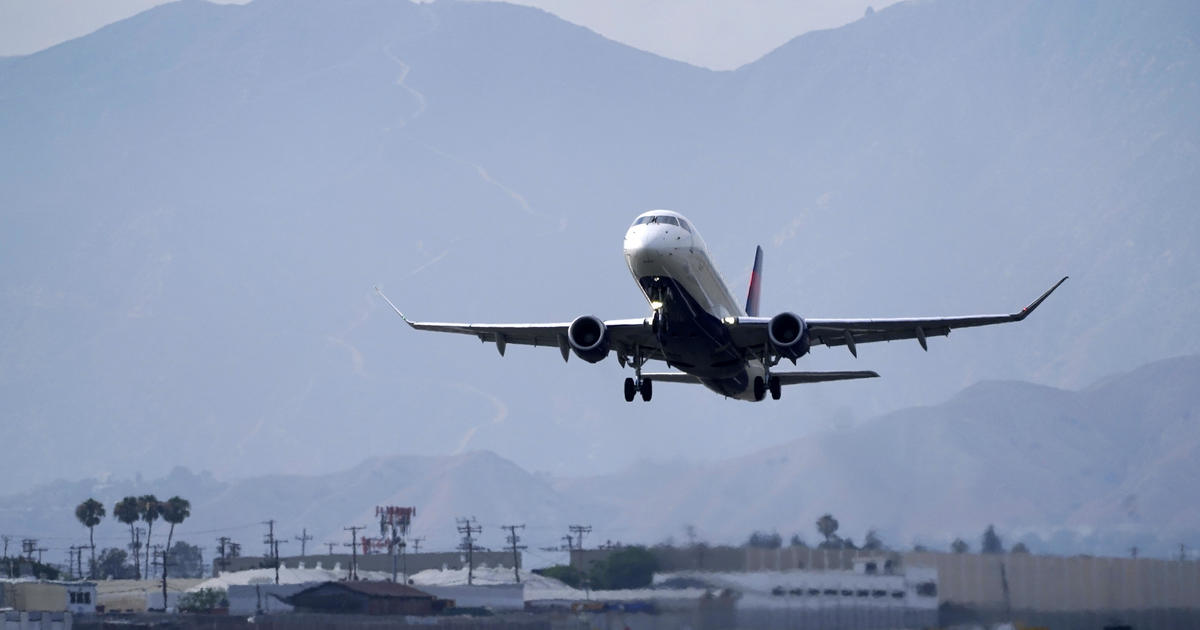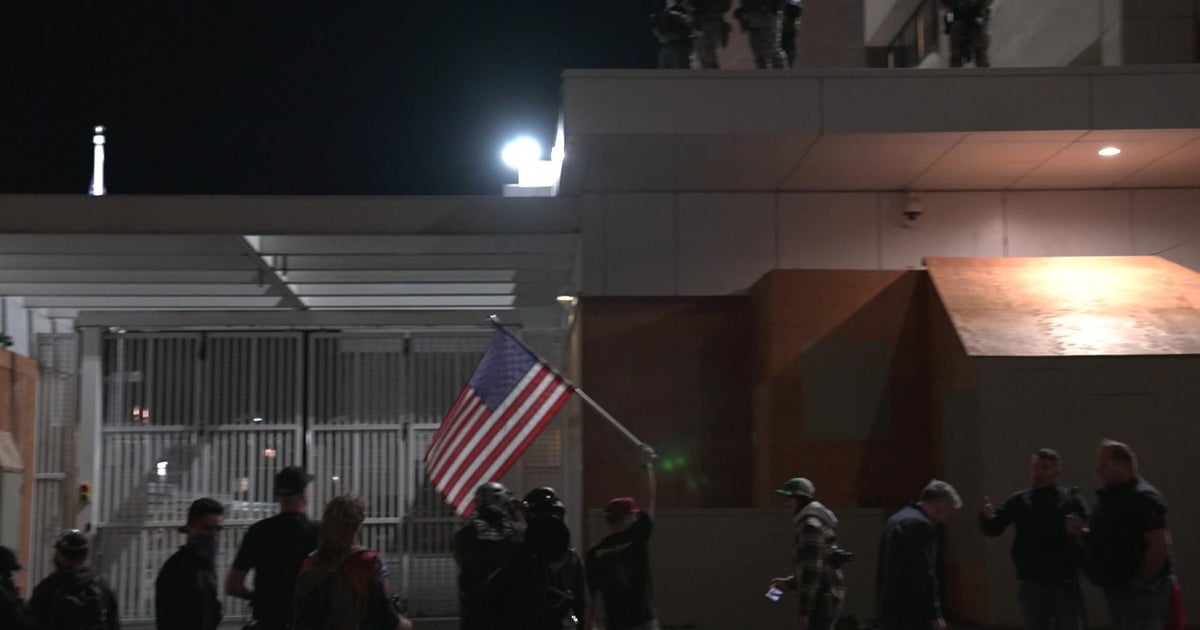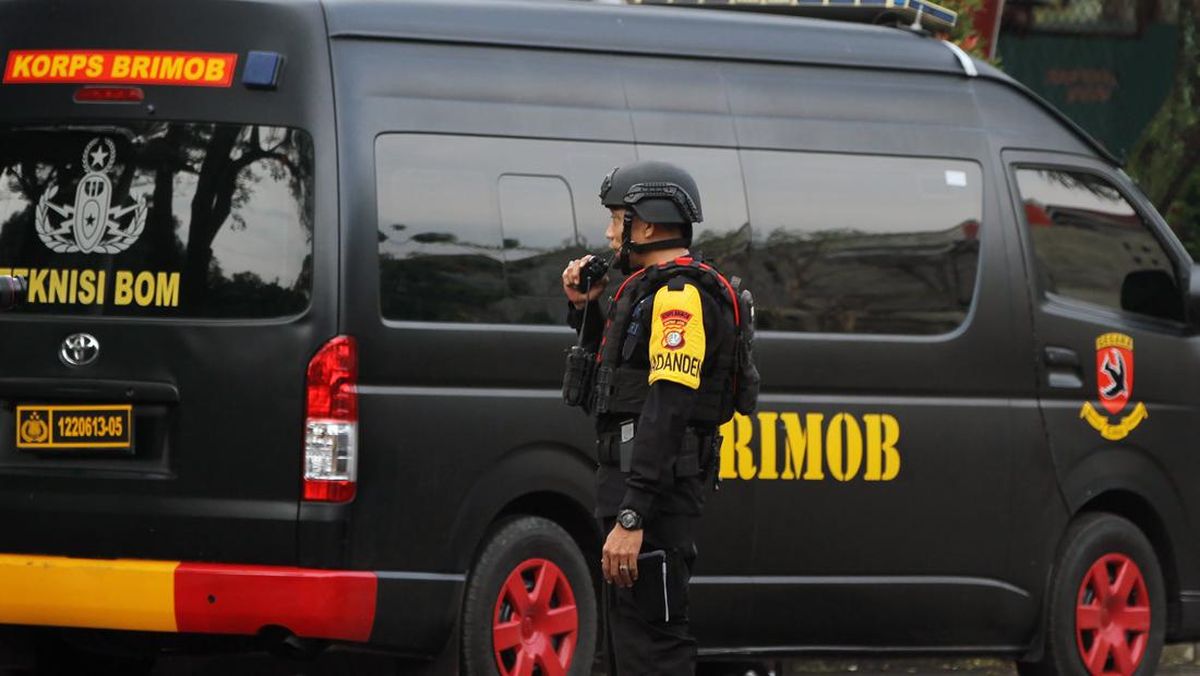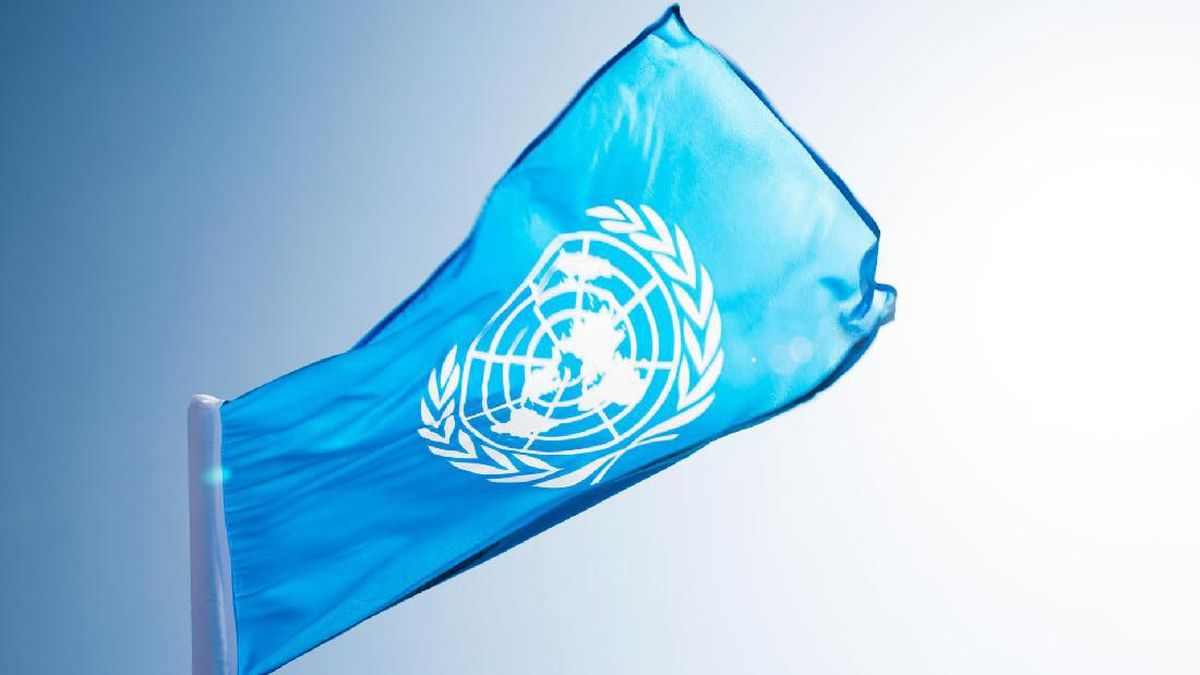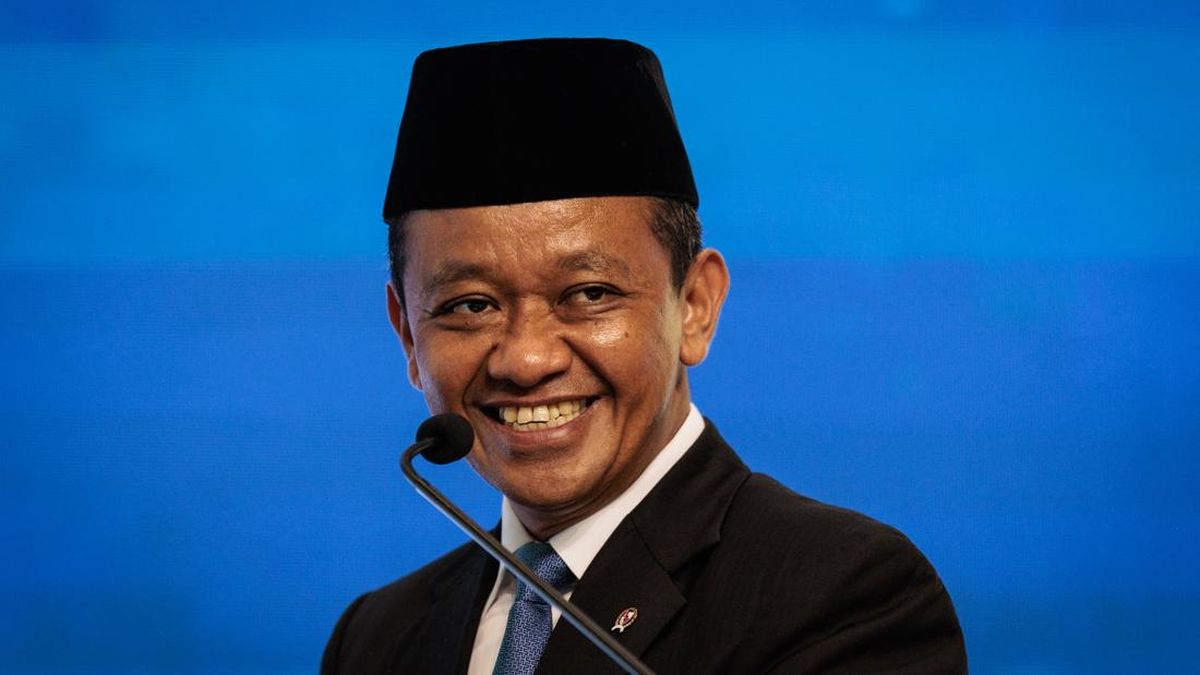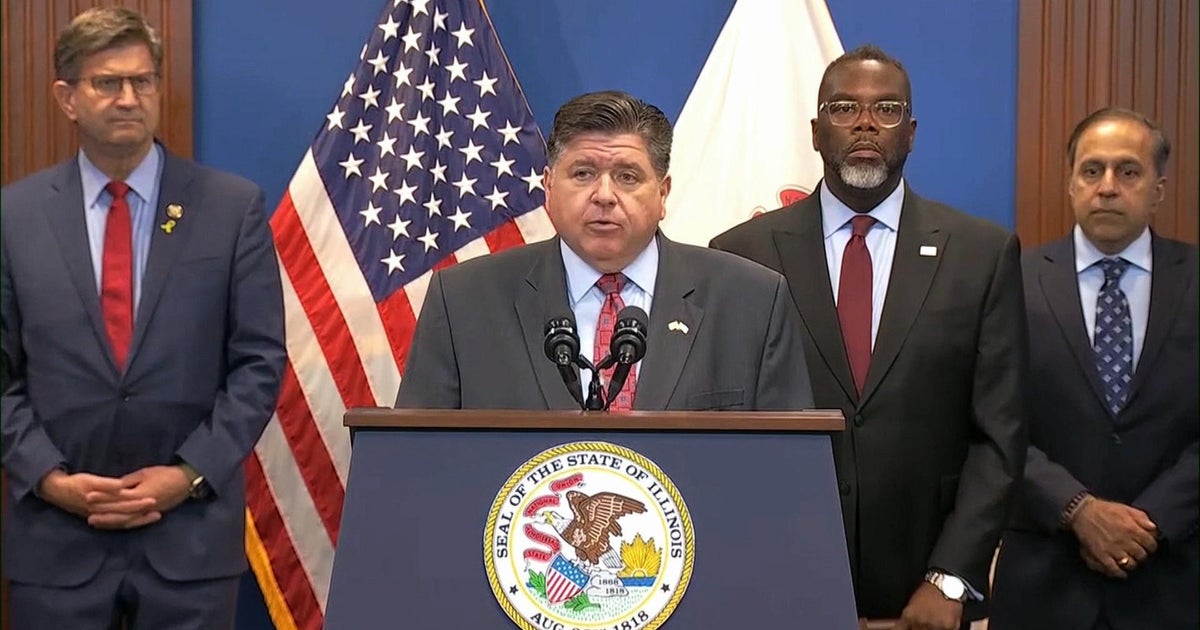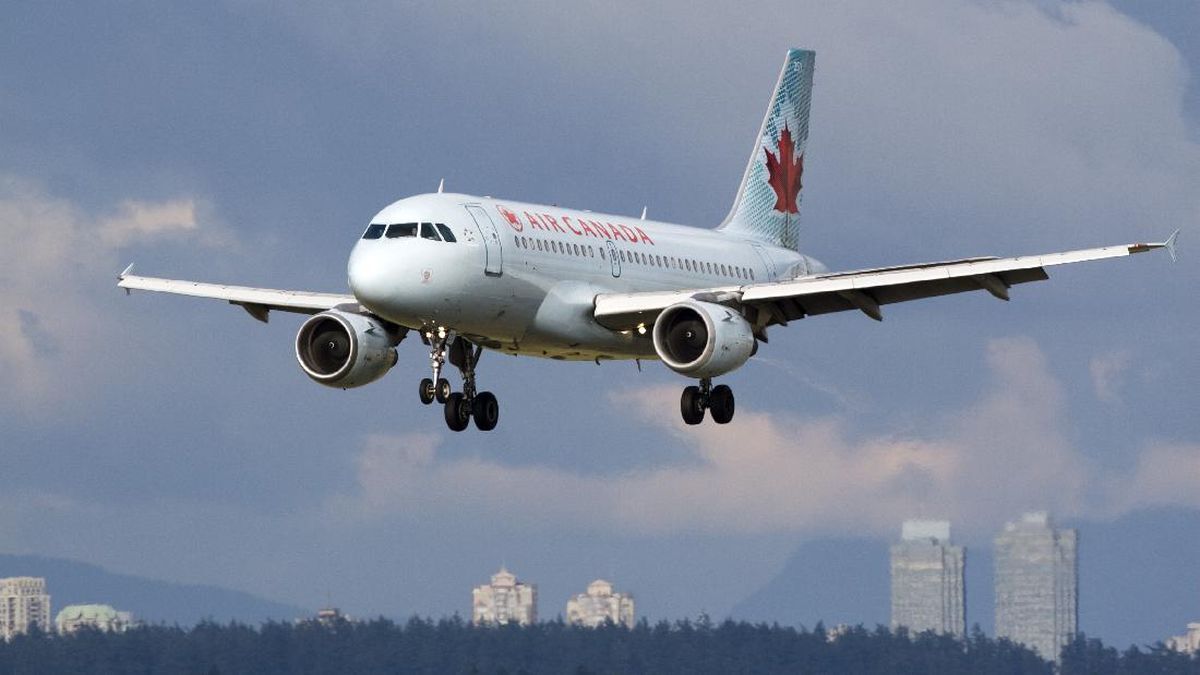There’s a good reason “000” was chosen as Australia’s emergency number. It was, at least in part, because zero was closest to the finger stall on rotary-dial phones, making it easy to dial in the dark or in smoke.
That was more than 50 years ago, in 1961. Before then, Australia had no national emergency number. Police, fire, and ambulance services each had their own local numbers scattered across the country.

Can Australians still trust the three digits they’ve been taught to dial since childhood?Credit: Marija Ercegovac
Now, Triple Zero is Australia’s primary national emergency telephone number, but multiple failures – and three deaths linked to last month’s Optus outage – have led to an uncomfortable question: can Australians still trust the three digits they’ve been taught to dial since childhood?
Most Australians know to dial 000 in an emergency, but few understand what happens next. The system has two distinct parts: the national Triple Zero service operated by Telstra, and state-managed emergency service call centres.
When you dial 000, the call goes to one of Telstra’s three national call centres, which answer an average of 33,000 calls daily. After a six-second recorded message: “You have dialled emergency Triple Zero, your call is being connected,” a Telstra operator asks whether you need police, fire or ambulance, and for mobile callers, your location. Average handling time is 46 seconds.
It’s meant to be fail-safe, a digital lifeline that transcends commercial boundaries. By law, mobile networks must take emergency calls from customers of competing networks through a national “camp-on” mechanism, allowing phones to roam onto any available carrier.

Optus chief executive Stephen Rue has felt the heat.Credit: Sitthixay Ditthavong
But that fail-safe sytem failed dramatically in September. And then it failed again. Just 11 days after the fatal Optus outage, almost 5000 of the telco’s customers in the Illawarra region of NSW were unable to contact emergency services for more than nine hours, with at least nine Triple Zero calls from the Dapto area failing. One resident had to borrow a phone linked to another provider to call an ambulance. Another simply gave up.
The following day, Telstra reported its own outage in Broadwater, Western Australia, disrupting Triple Zero connectivity and prompting police to urge residents to check on vulnerable neighbours.
The cascade of failures poses a concerning hypothesis: Australia’s emergency call infrastructure may no longer be fit for purpose.
Loading
“We should expect that there will be network outages, but we shouldn’t expect that we lose access to Triple Zero,” says Rob Nicholls, a telecommunications expert at the University of Sydney. “We should expect it to work, and we need all of the carriers to make sure their systems work to deliver it.”
The core service is more than 50 years old, but Triple Zero has been updated and modernised over the decades. When callers dial 000, they first hear a six-second recorded message: “You have dialled emergency Triple Zero, your call is being connected.” That simple addition, introduced in 2008, dropped call volumes by around 300,000 per month by allowing mis-dials to hang up before reaching an operator.
After the 3G network closure, telecommunications providers are now legally prohibited from providing services to phones that cannot access Triple Zero, requiring devices to support at least 4G or VoLTE for calling. Advanced Mobile Location technology now helps automatically determine caller locations through GPS, Wi-Fi positioning, and mobile phone tracking. Telstra’s current platform, implemented in 2019, has maintained 100 per cent uptime.
Modernisation has also brought with it new vulnerabilities, however. The system is now a complex web of carriers, handsets, software updates, automated processes and human operators, with multiple points of failure. And, importantly, the recent failures weren’t platform failures at all.
The September disasters were not isolated incidents. In November 2023, a nationwide Optus outage left more than 2100 calls to Triple Zero failing, with at least 300 people not receiving welfare checks when the issue was identified. Optus was later fined more than $12 million for failing to convey or transfer emergency calls.
Then in March 2024, Telstra suffered technical issues at one of its Emergency Service Access Points for 90 minutes, resulting in 148 of 500 Triple Zero calls not being transferred. A Victorian man died from cardiac arrest during this period when his emergency call couldn’t be transferred and ambulance dispatch was significantly delayed.
According to Telstra internal data, calls to Triple Zero have surged 44 per cent over the past decade, from 8.1 million in 2014 to 11.7 million in 2024. The crises have spawned reviews and recommendations, many of which remain unimplemented.
“Without urgent reform, the system risks becoming obsolete, compromising community safety, first responder effectiveness and the wellbeing of frontline staff.”
That’s according to the National Emergency Communications Working Group (NECWG) – a public safety body established in 1995 to provide independent analysis of Triple Zero across Australia and New Zealand. It produced a white paper in June.
Loading
The paper identified a workforce under generational change, outdated operating models from the 1960s, fragmented responses across jurisdictions, and technology that can’t keep pace with wearable devices, AI, and changing community expectations.
Craig Anderson is the working group’s executive chair.
“The fundamental principle of how you contact Triple Zero hasn’t changed since 1961,” he says. “If you want services, you need to make a phone call.” He points to generational shifts – voice calling is diminishing among younger users – and there are circumstances, for example people who are hearing-impaired, or suffering through domestic violence, in which a phone call might not be the best option.

Communications Minister Anika Wells has faced criticism for delaying Triple Zero custodian laws.Credit: Sitthixay Ditthavong
“There need to be alternate channels,” he says. “We’re not building these systems for the people using it today. We’re building these systems for the 10-year-olds, 11-year-olds, 12-year-olds who, in 10 years time, will be the ones either wanting emergency assistance or will be part of the process to deliver that.”
While there’s widespread agreement that Triple Zero can be improved, the carriers themselves should carry the blame for its myriad issues, according to some. Telecommunications expert Rob Nicholls says the carriers need to be investing in network improvements, to ensure resilience.
“The fundamental way that Triple Zero is managed should be fine as long as the network operators do what they promise to do,” Nicholls says. “It’s fit for purpose when it’s implemented the way that it’s supposed to be implemented.”
Multiple investigations will probe what went wrong with Optus’ fatal outage last month. But in the eyes of Nicholls and others, it was an Optus network issue, not a “Triple Zero” issue.
Loading
There’s another layer to this crisis that complicates the narrative of pure carrier failure.
Industry insiders say a significant part of the problem lies with the devices themselves. When a phone’s home network fails, the handset is responsible for scanning for and connecting to another available network. This “camp-on” process isn’t instantaneous.
Even under favourable conditions, the technical requirements – scanning available bands, reading system information, identifying a suitable cell, completing attach procedures – can take 10 to 30 seconds. Some devices have been observed taking up to 45 seconds.
For someone in an emergency, that delay feels like failure. As CommsDay’s Graham Lynch puts it: Callers who see no immediate progress often redial, restart their phones or abandon the attempt. Operators reviewing past outages have seen this pattern in logs: alternative networks were available and camp-on would eventually have succeeded, but users gave up first.
Complicating matters further, device compliance is based on manufacturer self-declaration. Australia’s communications watchdog doesn’t directly test devices. Grey-market imports – like those bought cheaply online or belonging to temporary visitors – aren’t required to meet Australian standards at all, and may not behave as expected during emergencies.

Bushfire season is set to heap pressure on Australia’s Triple Zero system.Credit: Wallcliffe Volunteer Fire Brigade
It comes as Australia heads into another bushfire season, and pressure mounts for action.
“Before these devastating outages, Optus was already facing major consumer trust issues,” says Carol Bennett, chief executive of telco consumer group ACCAN. “Now this lack of trust is spreading to damage confidence in our emergency service system itself.”
Triple Zero reform wouldn’t be simple or cheap. The challenges span technology, regulation, compliance, human factors and system design.
The Bean Review, conducted by Richard Bean after the 2023 Optus outage, laid out a road map. Its 18 recommendations – all of which were accepted by the federal government – covered everything from mandatory requirements for network operators to “wilt towers” (effectively shut them down) during core network failures ensuring calls can be carried by other networks – to six-monthly end-to-end testing of all aspects of the Triple Zero ecosystem, to real-time network information-sharing with emergency services during outages. Bean declined to comment for this story.
‘We should expect that there will be network outages, but we shouldn’t expect that we lose access to Triple Zero.’
Rob Nicholls, University of Sydney telecommunications expertThere’s one recommendation that sits at the heart of the solution. A Triple Zero custodian.
“The idea behind the custodian is that it’s someone, essentially somebody peering over the shoulder of the networks,” Nicholls explains. “When networks do critical incident exercises, when they practise for when things go wrong, the custodian in the network operation centre will ask the awkward question: what happens to Triple Zero calls at that time?”
The Triple Zero custodian would theoretically oversee carrier incident response exercises, coordinate major service disruptions, and maintain a complete picture of the emergency call ecosystem. Basically, someone who has overarching responsibility for Triple Zero.
Craig Anderson says the custodian would help Triple Zero keep pace with technological changes, which are happening constantly. “We’ve had examples where phone companies like Apple or Google will launch something, and we may know it’s coming, but we’re not necessarily up to speed with preparing for it.”
After the 2023 Optus outage, the government announced plans to establish the custodian, but its implementation has drawn criticism for being too slow.
The opposition has accused the government of effectively sitting on the plans for nearly a year, while Communications Minister Anika Wells’ office insists that the legislation to beef up the custodian role is on its way, despite parliament sitting for only four more weeks in 2025.
The NECWG white paper also calls for AI to help: it could weed out false and mischievous calls, and assist with language interpretation. Anderson sees AI supporting critical decision-making through pattern recognition – detecting background noises or voice stress – rather than replacing human judgment.
Carriers like Optus probably need better automated monitoring and testing systems, too. The fact that Optus conducted a network upgrade without properly isolating emergency-call traffic points to fundamental failures in change management processes. Optus chief executive Stephen Rue called the fatal September outage a “human error”, a people problem. The engineers carrying out the firewall upgrade didn’t follow the prescribed steps.
Loading
Communication with customers and the broader public during outages is perhaps the most obvious and easiest area for improvement. Following Optus’ 2023 Triple Zero failure, new national standards about communication during outages with customers were made, but clearly they’re not working. People attempting to call Triple Zero during an outage need to know immediately what’s happening and what alternatives exist.
And as bushfire season approaches, the timing is pointed.
The government acknowledged in its Bean Review response that it is not possible to guarantee there will never be another major outage.
Yet, the answer to that uncomfortable question – if Australians can still trust Triple Zero – will depend on technology, and more importantly political will, and how quickly talking becomes doing.
The Business Briefing newsletter delivers major stories, exclusive coverage and expert opinion. Sign up to get it every weekday morning.
Most Viewed in Technology
Loading

